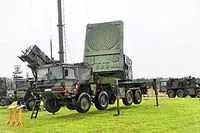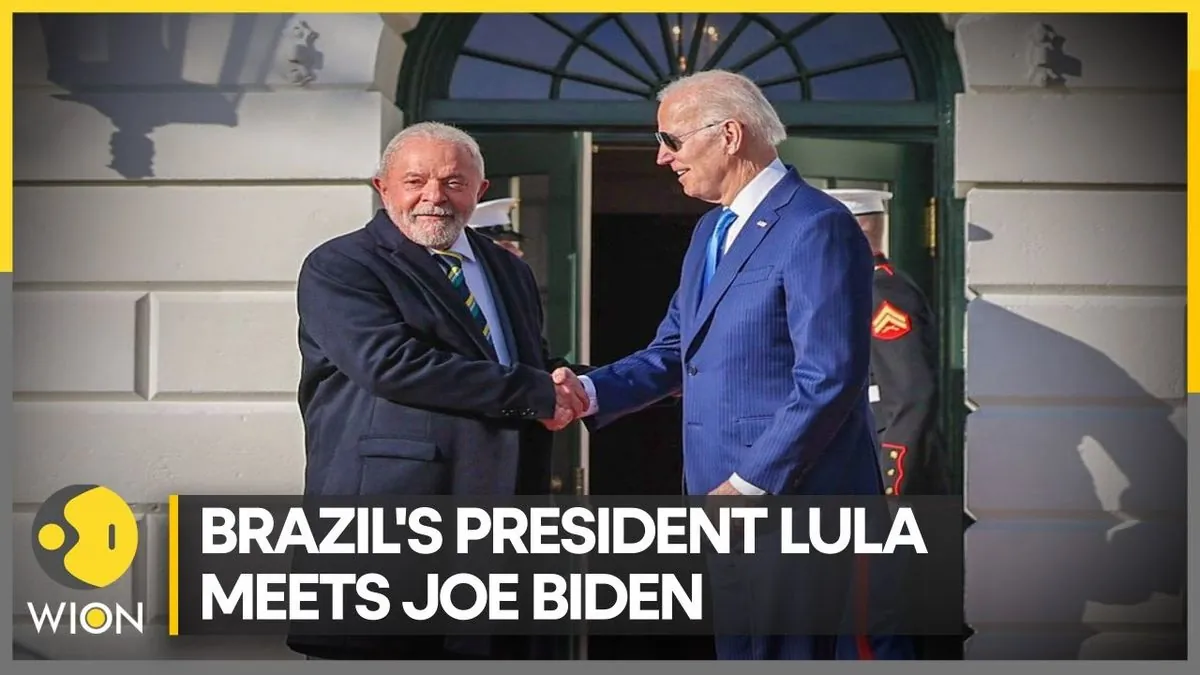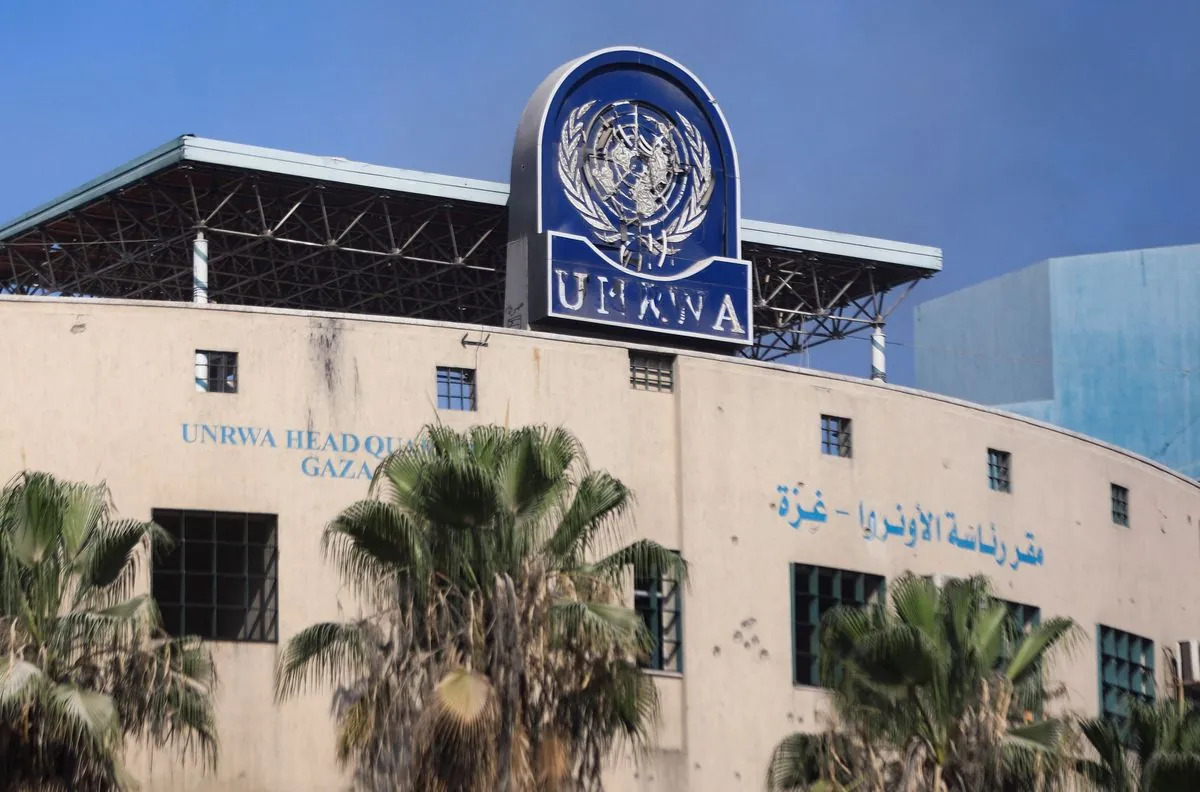Sherri Goodman's "Threat Multiplier": Reshaping Defense Policy Through Environmental Lens
Sherri Goodman's book reveals the intricate process of integrating environmental concerns into U.S. defense policy. It offers insights into the challenges and successes of transforming institutional thinking on climate and security.

Sherri Goodman's "Threat Multiplier" offers a unique perspective on the intersection of environmental issues and national security policy. This book challenges the common misconception that policy work in Washington, D.C. lacks substance, providing a detailed account of the author's efforts to integrate climate change considerations into U.S. defense strategy.
Goodman's career trajectory, spanning from academia to the Pentagon and think tanks, illustrates the complex nature of policy transformation. Beginning in the late 1980s, she focused on nuclear stockpile management before shifting to environmental concerns within the defense sector. Her appointment as deputy undersecretary during the Clinton administration marked a significant milestone in addressing environmental issues within the Department of Defense.
The author's experiences reveal the challenges of changing institutional mindsets. Goodman faced resistance from various quarters, including those who viewed environmental concerns as peripheral to the military's core mission. Despite setbacks, she persevered, achieving notable successes in areas such as water pollution mitigation at military bases.

Goodman's coinage of the term "threat multiplier" to describe the relationship between climate change and security risks demonstrates the power of effective communication in policy circles. This phrase gained traction among military leaders and policymakers, influencing how environmental factors are considered in security assessments.
The book provides concrete examples of policy impact, such as the revelation that the true cost of fuel for military operations was significantly higher than official estimates. This finding helped justify investments in energy efficiency and climate-friendly initiatives within the defense sector.
"Sherri Goodman's work has been instrumental in reshaping how we think about the intersection of climate change and national security."
While "Threat Multiplier" offers valuable insights into the policy-making process, it has limitations. The book lacks a comprehensive analytical framework for understanding organizational change and adaptation to environmental challenges. Additionally, it does not fully address the complexities of global cooperation on climate issues, particularly in the context of U.S.-China relations.
Despite these shortcomings, Goodman's account serves as a reminder that policy progress often occurs incrementally through persistent advocacy and relationship-building. Her experiences underscore the importance of translating complex environmental and security concepts into language that resonates with decision-makers.
In conclusion, "Threat Multiplier" provides a rare glimpse into the nuanced work of policy entrepreneurs operating within the Washington, D.C. ecosystem. It highlights the ongoing efforts to integrate environmental considerations into national security planning, emphasizing the long-term nature of institutional change and the value of perseverance in shaping policy outcomes.


































